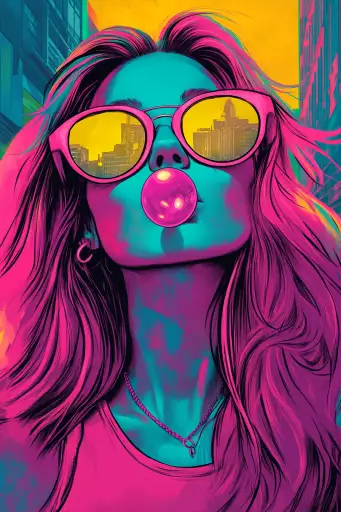Explore the Best AI Image Gallery

Pixelated Personas: AIs Impact on Product Photography
The world of product photography is undergoing a dramatic transformation, driven by the rapid advancements in artificial intelligence (AI). From generating stunning visuals to automating tedious tasks, AI is reshaping the creative landscape and pushing the boundaries of whats possible.
A New Era of Visual Creation
One of the most exciting applications of AI in product photography is its ability to generate realistic and captivating images. AI-powered algorithms can analyze existing product data, learn from vast datasets of images, and create entirely new visuals that are indistinguishable from real photographs. This opens up a world of possibilities for businesses to showcase their products in unique and compelling ways.
Imagine a scenario where an e-commerce store can instantly generate high-quality lifestyle shots of a product against different backgrounds or with various accessories, all without the need for expensive studio setups or professional photographers. This is the power of AI-driven image generation, enabling businesses to create a wider range of visuals and cater to diverse customer preferences.
Streamlining the Workflow
Beyond image generation, AI is also revolutionizing other aspects of product photography workflows. AI-powered tools can automate tasks such as background removal, object detection, and image editing, significantly reducing the time and effort required for post-processing. This allows photographers to focus on more creative aspects of their work, such as composition and lighting.
Furthermore, AI can analyze customer data and preferences to suggest optimal product images and layouts that are more likely to engage shoppers. By leveraging these insights, businesses can personalize the shopping experience and drive higher conversion rates.
Ethical Considerations
As with any emerging technology, the use of AI in product photography raises important ethical considerations. One key concern is the potential for bias in AI algorithms. If an AI model is trained on a biased dataset, it may perpetuate existing stereotypes or inequalities in the images it generates. Its crucial to ensure that AI models are trained on diverse and representative datasets to mitigate this risk.
Another ethical consideration is the impact of AI on human creativity. While AI can automate certain tasks, its important to remember that human creativity and artistry remain essential for producing truly impactful work. The goal should be to leverage AI as a tool to enhance human creativity, not to replace it entirely.
The Future of AI-Powered Product Photography
Looking ahead, the future of AI in product photography is brimming with possibilities. We can expect to see even more sophisticated AI algorithms that generate hyperrealistic images, seamlessly integrate with other technologies such as augmented reality (AR), and personalize the shopping experience to an unprecedented degree.
AI-powered tools will become increasingly accessible to businesses of all sizes, empowering them to create compelling product visuals and compete effectively in the digital marketplace. As AI technology continues to evolve, it has the potential to redefine the way we create, consume, and interact with products, ushering in a new era of visual storytelling and immersive shopping experiences.








